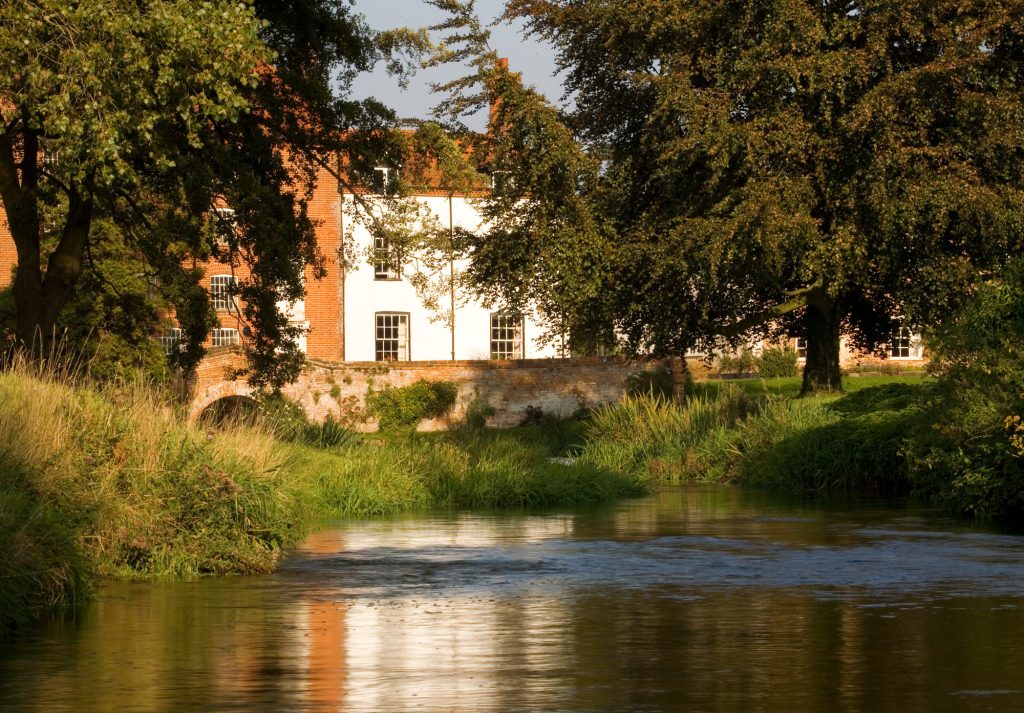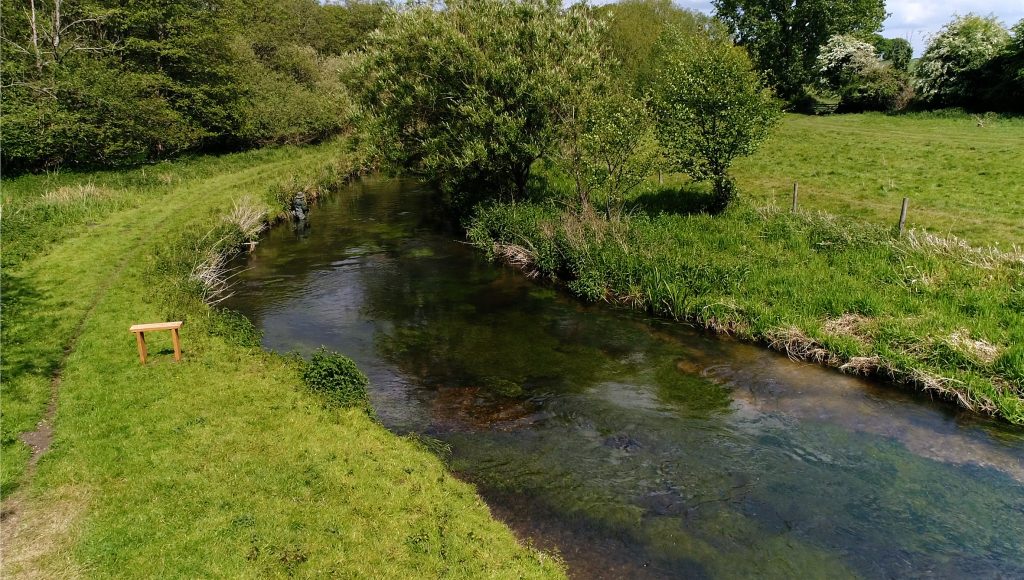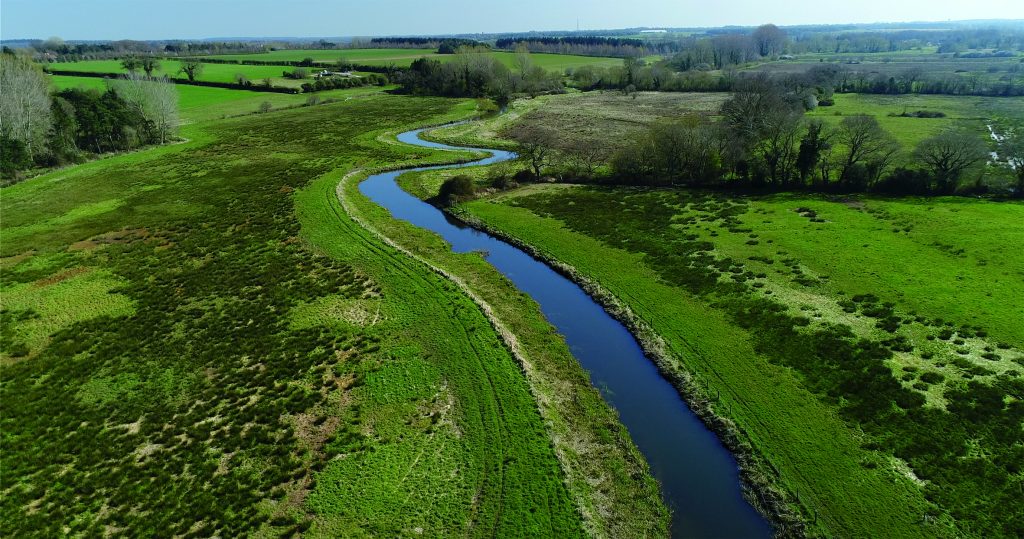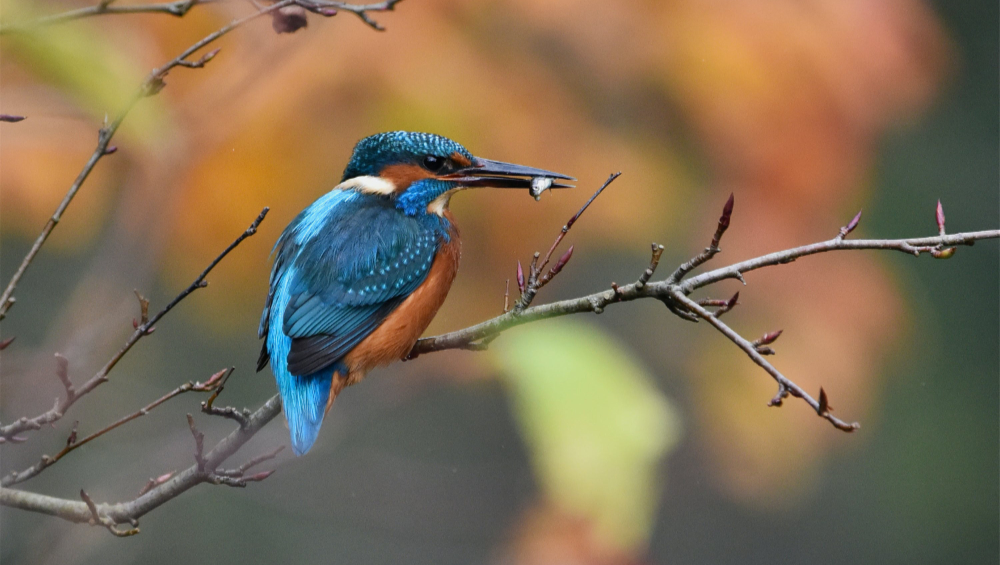
The Bintry Mill Trout Fishery was founded in April 1986 by local members of the Salmon & Trout Association (which has since become Wildfish) to provide trout fishing for members at a reasonable cost. The Wensum downstream from Bintry Mill had been fished for many years by the mill owner and friends and guests and was essentially a private river. The Fishery started with two beats, the Bintry Mill Beat and the Yarrow Farm Beat. The season then was from May 1st until the end of September. The BMTF is no longer connected with Wildfish and is now a totally independent members’ club.
The Fishery has been extended twice. The first time was with the addition of the County School Beat, which continues downstream from the end of the Yarrow Farm Beat, and more recently the Goff’s beat which is at the lower end of the fishery and one of the largest beats. This means that the club manages the river and its fishing between Bintry Mill and just upstream from North Elmham mill, a distance of approximately 3 miles of wonderful water meadows and superb wildlife habitat.

Compared to the more classic Southern chalk rivers, the Wensum is more susceptible to increases in water level due to run-off after heavy rain and has much less Ranunculus weed, although this is increasing. The nature of the river and its fishing varies as you go downstream from Bintry Mill. The greatest gradient and thus faster flowing water is just below the mill, with some deep pools on the both the Bintry Mill and Yarrow Farm beats. The County School Beat has undergone some major improvements in recent years which have dramatically increased its habitat value, for trout, herons, kingfishers and egrets alike. The Goff’s bea,t which is downstream of County School is a wonderfully secluded stretch of water as it is a fair walk to get there. It’s a place to go for peace and quiet and to view the wildlife and has undergone some major work in the last two seasons to improve the fishing.

The BMTF is run by its members and an elected committee, which enacts policy and management decisions agreed with the membership. The club is limited to 60 members, which ensures that the 3 miles of river are not overfished and human disturbance is kept to a minimum. We also run a day ticket scheme to provide access to the general public and help increase public awareness of the value of chalk streams like the Wensum. The scheme is very popular and usually fully booked by the start of the season, but fishing days are carefully managed.
Over the years the club has worked hard to improve the in-river habitat to encourage an increase in the population of native fish, particularly the brown trout. The fish can grow to quite large sizes, with trout of 6lbs having been caught, Pike up to 20lbs and chub of 5 or 6lbs. There is also a small roach and dace population, but they suffer from excess predation which inhibits their numbers. Supplemental stocking of triploid brown trout is carried out during the trout fishing season as and when required. The river is not a ‘put and take’ water and the emphasis is on a natural fishery with a ‘light touch’ maintenance regime. There are no rainbow trout and unfortunately no more grayling in the river. Parts of the Wensum were stocked with grayling many years ago, but this practice has now ceased as a natural population did not appear to thrive. Club members do fish for coarse fish in the trout closed season when conditions allow, but recent winters have seen mostly flooding, with the river often over the banks. Not ideal conditions.
There are no footpaths or public rights of way on the river banks which means that the only people likely to be seen will be the occasional fellow fisherman. The water meadows adjoining the river are a wildlife haven which includes kingfishers, swans, barn owls, red kite, buzzards, sometimes a marsh harrier or a migrating osprey, as well as a large reed and sedge warbler population. The river contains bullheads, a healthy lamprey population and stone loach. There is a resident otter and bank vole population, but fortunately mink appear to be rare now.
Fishing is dry fly and upstream nymphs only. The season runs from 1 April to 29 October.

